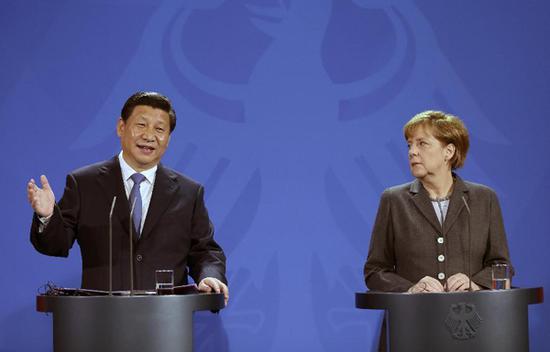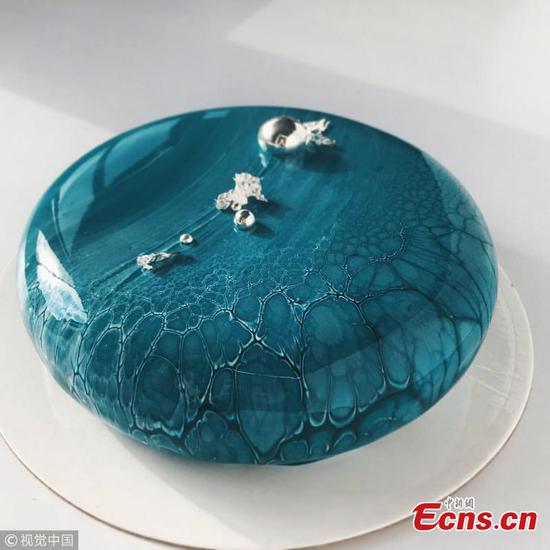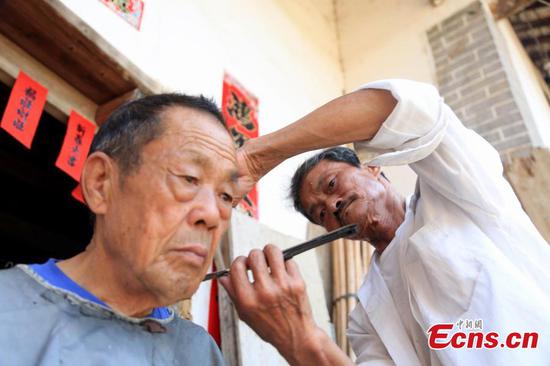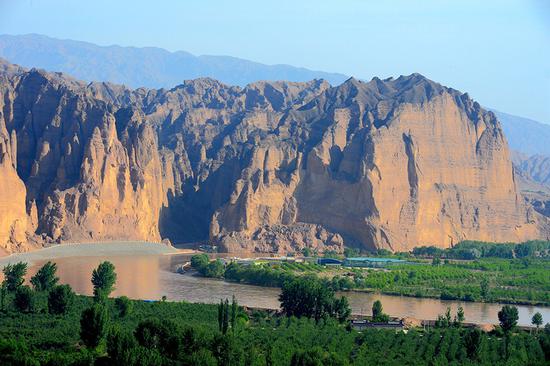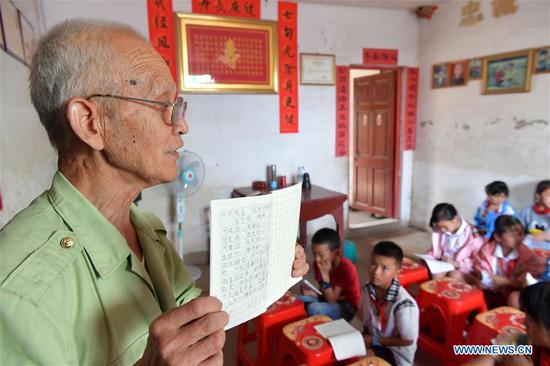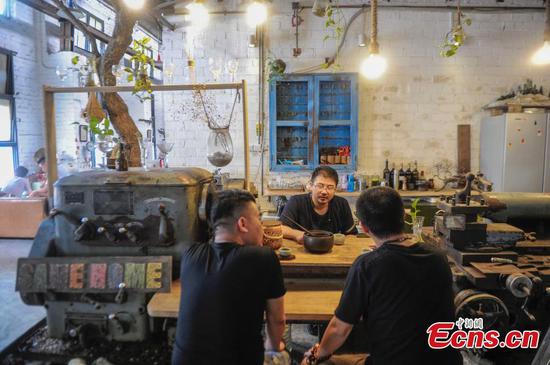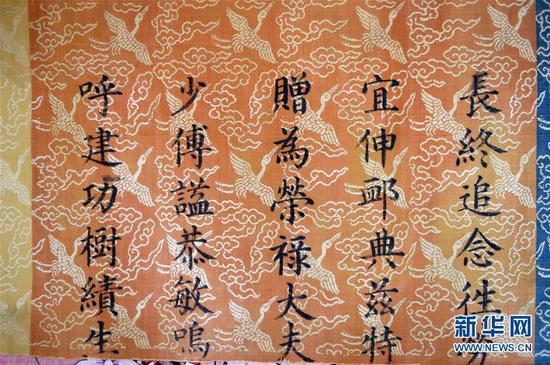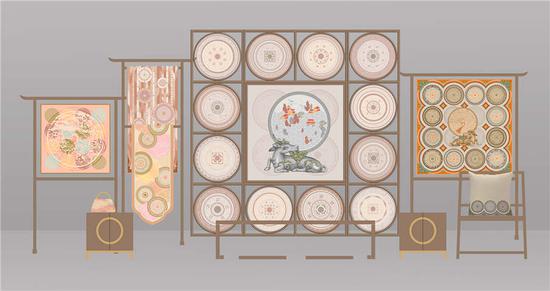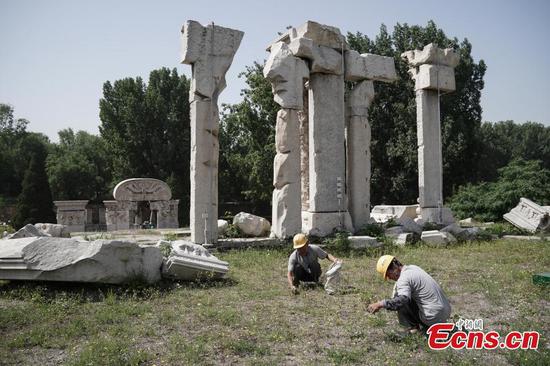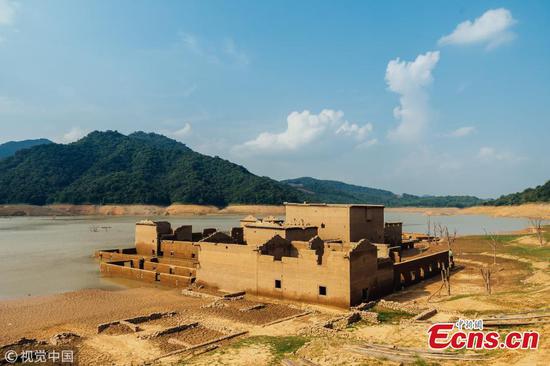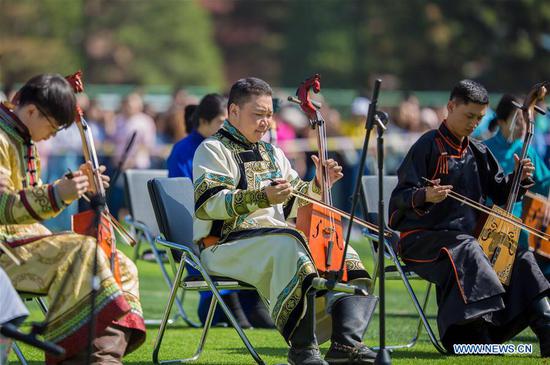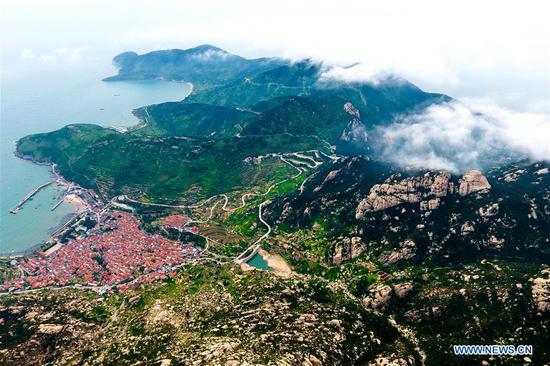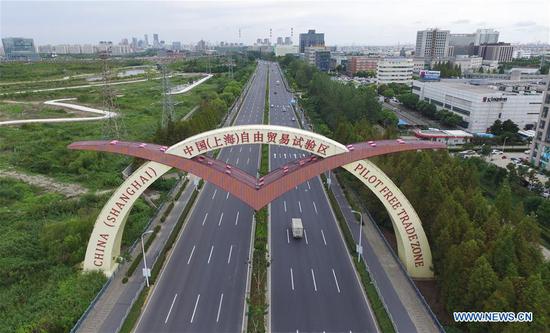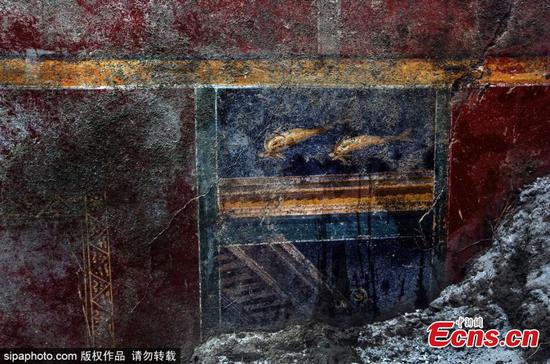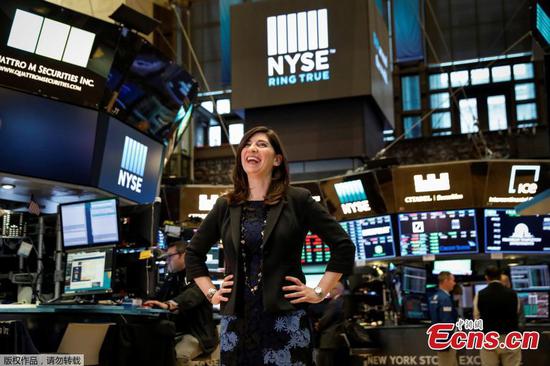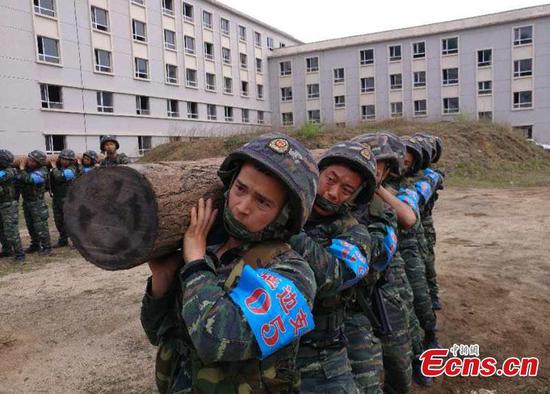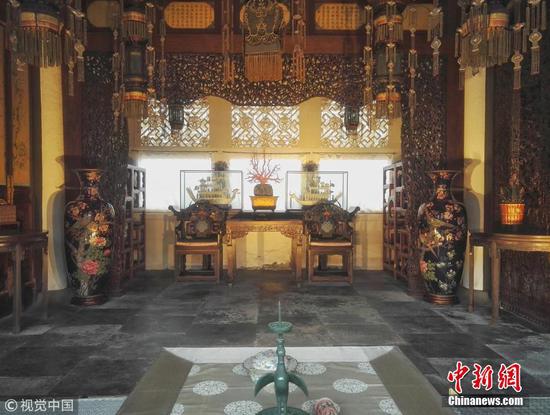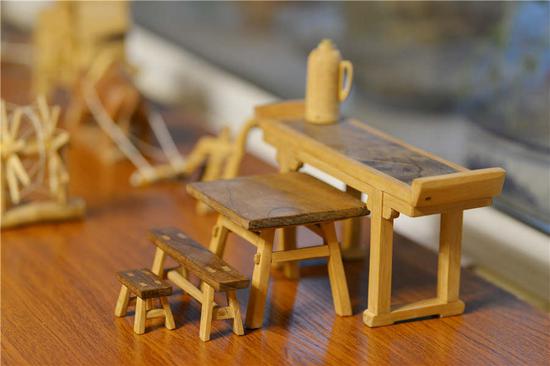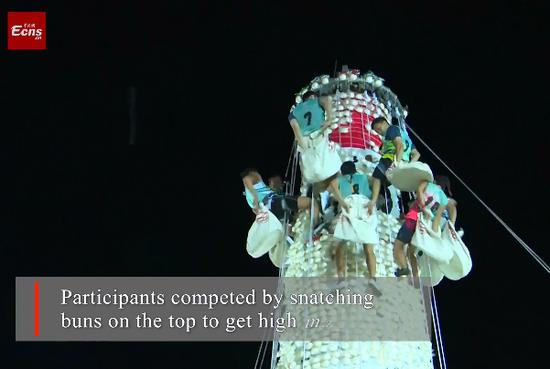The glory of these factories lasted until the 1980s. Starting in the 1990s, as State-owned factories went through reforms, many factories either moved or folded, leaving the buildings vacant. Many of these old factory buildings were then demolished to make way for new real estate projects. Some still sit idle.
Modern transformation
Today, not a single trace of the former factory zone can be found in Hualongqiao. The area is now home to Chongqing Tiandi, one of the hottest fashion, shopping and entertainment centers in Chongqing, developed by a Hong Kong real estate company.
In 2016, photographer Wang Yuanling and his team launched a photo exhibition at Chongqing Art Museum entitled "Hello, Hualongqiao." The exhibition featured over 400 old photos of the district's industrial past, hoping to revive local memories of their city's history.
But some factory relics managed to blend successfully into the city's urban area through redevelopment. Li Jun, a girl who lives in a new apartment complex in Hualongqiao, often visits Eling Factory in Yuzhong district and the Northern Warehouse in Jiangbei district, both of which are now popular shopping areas redeveloped out of old factory buildings, which give it a vintage look.
The Eling Factory, located by the Eling mountain along the Yangtze River, used to be a paper money printing factory during the Kuomintang era, but was later transformed into Chongqing No.2 Printing Factory in the 1970s.
After the factory moved away in 2013, designer Li Bo rented the building and transformed it into a culture and creativity district, much like Beijing's 798 Art Zone, attracting many young artists and entrepreneurs to move in.
After the success of Eling redevelopment, in 2016 Li rented the Northern Warehouse, a derelict structure in the Guanyinqiao commercial zone, turning it into a fashionable area with cafes, bookstores, restaurants and designer studios.
Construction is now in full swing in the caves of Jianshe factory. Fan visit the caves each week to supervise his museum project, which will be completed by 2018.
Increasing awareness
He Zhiya, former chairman of Chongqing Yufu Assets Management Group, which helps reform old factories while preserving their cultural integrity, has visited the UK many times to study how that country protects its old factory buildings.
"There are still many old factories in the UK, and they've been working on their redevelopment for decades. In this aspect, China is lagging 30 years behind," he said.
In 2006, after the Chongqing Iron and Steel Company, whose history can be traced back to the late Qing Dynasty, planned to move out of Chongqing's Dadukou district, he managed to persuade the local government to preserve 60 acres of the old factory zone and turn it into Chongqing's Industrial Culture Expo Park. The project is still under construction and will be completed in three to four years.
China's research into industrial legacy started in 2006, after the International Council on Monuments and Sites held the Joint Celebration and Forum on the Industrial Heritage in Wuxi, China's Jiangsu Province.
In 2010, an academic committee on industrial architecture and heritage was established in Tsinghua University. In the first symposium held by the committee, experts published the Beijing Declaration calling for local governments to issue laws and regulations to protect industrial heritage in Chinese cities, which were in danger of being demolished by real estate developers.
He said Fan Jianchuan's museum project and the successful transformation of Eling Factory and the Northern Warehouse have helped more people become aware of Chongqing's powerful industrial past. As a result, a new wave of protecting and utilizing Chongqing's old factory relics is now in full swing.
Even the local government, which usually opts for flashy real estate projects, has taken notice of the trend. According to Chongqing Urban Planning Bureau, it has made a thorough examination of all the industrial relics in Chongqing and has begun work on special projects that will ensure their protection.
Li Bo, director of the cultural bureau at Shapingba district, said the government has built a creative zone in the former Chongqing Sewing Machine Factory that moved there during the "Construction of the Third Front."
"In the UK, many old factories have been idle for decades, and their development is very slow," He Zhiya said. "In China, however, once a factory is closed, it will immediately be redeveloped or turned into some real estate project."
"Redevelopment of old factory buildings shouldn't be too hasty. They can remain idle until conditions such as transportation and the market matures," he said.









